EUSI Invests in Ground Station Upgrade at the German Aerospace Center (DLR) for the Fastest VHR Satellite Imagery Delivery in Europe
- European Space Imaging
- 6 July, 2023
Munich, Germany – European Space Imaging (EUSI), the leading provider of Very High Resolution (VHR) satellite imagery in Europe, is thrilled to announce a multi-million euro investment into their ground station located at the German Aerospace Center (DLR) near Munich. This strategic upgrade extends the ability for EUSI to deliver imagery with unprecedented speed and efficiency, solidifying its position as a hub for the best satellite imagery technology in Europe.
On June 27, EUSI successfully commenced downlinking data from the Maxar WorldView satellite constellation using the newly upgraded ground station, also known as the Direct Access Facility (DAF). This milestone marks the beginning of a new era, as EUSI’s customers across Europe can now receive significantly faster Near Real-Time (NRT) deliveries, with processing times of less than 20 minutes after image collection. Moreover, the ground station’s enhanced throughput capacity allows for the parallel processing of multiple NRT orders simultaneously.
The cutting-edge technology deployed at the upgraded EUSI DAF empowers users in the VHR satellite imagery community to make better and faster decisions and gain potentially life-saving insights in emergency situations.
One of the key advantages of the upgraded ground station is the capability to directly downlink data from the upcoming Maxar WorldView Legion constellation, set to begin launching later this year. More than tripling the 30 cm capacity of EUSI, the imagery collected through this upgraded DAF from the long anticipated Legion satellites will transform countless remote sensing projects around Europe and North Africa.
Though upgraded, the location of the EUSI ground station will remain at the DLR in Oberpfaffenhofen, reinforcing the long-standing cooperation between EUSI and DLR. This partnership highlights EUSI’s commitment to investing in German space infrastructure and its dedication to advancing the European remote sensing industry. Additionally, the EUSI ground station plays a crucial role in DLR’s participation in EU security programs and aligns with the responsibilities outlined by the German space strategy.
"Our investment in new technologies demonstrates our commitment to positioning Europe as a hub for space-based remote sensing capabilities. "
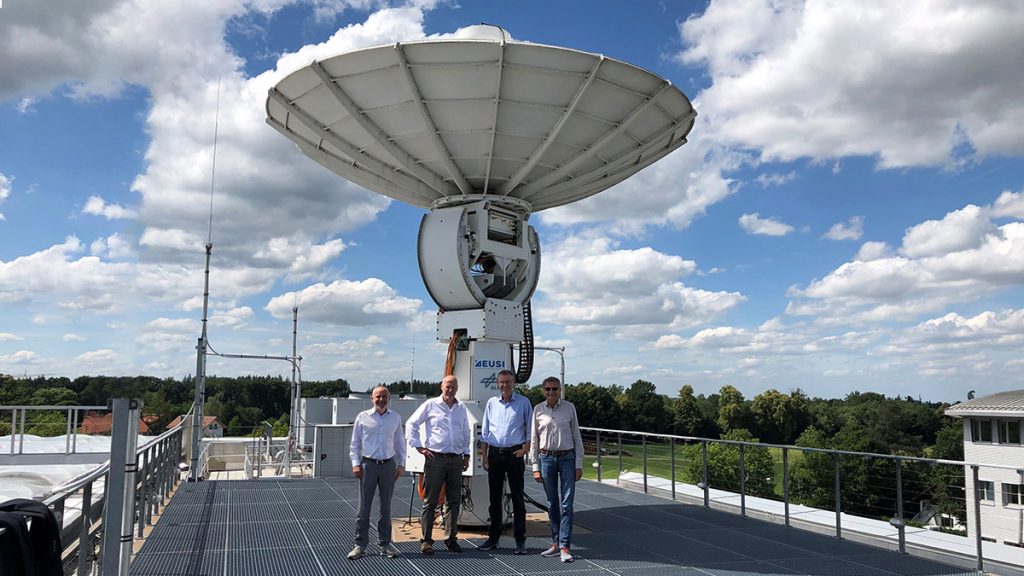
Antenna from the EUSI DAF 3.0 located at the DLR. Pictured with (left to right) Pascal Schichor, Vice President of Sales at EUSI, Adrian Zevenbergen, CEO at EUSI, Dr. Stefan Dech, Director DFD at the German Aerospace Center (DLR) and Dr. Erhard Diedrich, Department Head, International Ground Segment DFD at the German Aerospace Center (DLR).
"Near Real-Time satellite imagery collected through the European Space Imaging Direct Access Facility has been crucial to remote sensing projects from the DLR "
“The ground station upgrade at the German Aerospace Center represents a significant milestone for EUSI and the entire European Earth Observation community,” said Adrian Zevenbergen, CEO of European Space Imaging. “Our investment in new technologies demonstrates our commitment to positioning Europe as a hub for space-based remote sensing capabilities. We are proud to continue partnering with the DLR, and together, we will continue pushing the boundaries of what is possible in the realm of VHR satellite imagery.”
Through this collaboration, EUSI gains invaluable expertise from the DLR in infrastructure, analysis, and machine learning for key users including the European Maritime Safety Agency (EMSA).
“Near Real-Time satellite imagery collected through the European Space Imaging Direct Access Facility has been crucial to remote sensing projects from the DLR including disaster response efforts and developing innovative information products by ZKI and the world’s most advanced vessel classification solutions for EMSA,” says Dr. Stefan Dech, Director DFD at the German Aerospace Center (DLR). “The investment from European Space Imaging into the new ground station will enhance these ongoing projects as well as open the doors for new initiatives moving forward.”
Related Stories
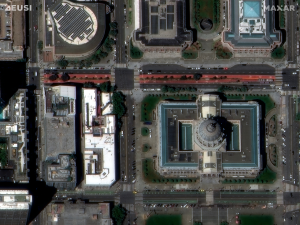
Maxar Intelligence Releases First Images from WorldView Legion as EUSI Prepares Munich Ground Station for European Downlink
Satellite Imagery © 2024 Maxar Technologies Provided by European Space Imaging Munich, Germany – Maxar Intelligence released the first images collected by the highly anticipated
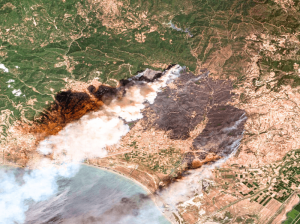
Satellite Imagery for Emergency Management
The use of satellite imagery for emergency response and management is invaluable. Both optical and SAR images help rescuers save lives when disasters happen, assist with damage assessments, and in many cases contribute to successfully preventing and predicting emergencies. Which events can be prevented? How exactly do first responders use satellite images? When are they better than other methods? We have summarised our 20+ years of experience in this article.
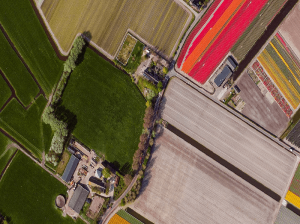
Satellite Imagery as a Valuable Tool for the New Common Agricultural Policy 2023–2027
On 1 January 2023, the new Common Agricultural Policy for years 2023–2027 entered into force. Hand in hand with the provided subsidies goes the necessity for monitoring and controls, which falls to the individual Member States. Therefore, an efficient, reliable, and cost-effective source of data is needed. Such source is Very High Resolution (VHR) satellite imagery. It allows you to conduct in-depth analysis of plant and soil conditions, map land use at wide scales with incredible detail and accuracy, and ensure that agricultural goals are being met.
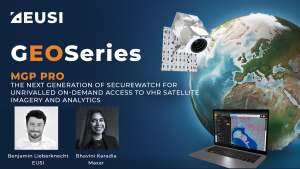
MGP Pro: The Next Generation of SecureWatch for On-demand Access to VHR Imagery
MGP Pro provides unrivalled coverage, quality and flexibility. Its subscribers can access over 3 million square kilometers of daily image collections, plus more than 6 billion sq km of archived imagery at up to 30 cm resolution.





